Apple Product Marketing Manager Stephen Tonna and Mac Product Marketing Manager Laura Metz CNN talked about the benefits of the M1 chip and its deployment on multiple platforms. Performance is one thing, flexibility is another, and design is another. But let's not expect too much that we will see it in iPhones as well. The year itselfof course, the conversation primarily revolves around the 24" iMac. His orders started on April 30, and from May 21 these all-in-one computers should be distributed to customers, which will also start their official sales. Although we are already aware of their performance, we are still waiting for the first reviews from journalists and various YouTubers. We should wait until Tuesday after 15:XNUMX our time, when Apple's embargo on all information falls.
It could be interest you

Performance
Apple introduced its M1 chip last year. The first machines he fitted with it were Mac mini, MacBook Air and 13" MacBook Pro. Currently, the portfolio has also grown to include the 24" iMac and iPad Pro. Who else is left? Of course, the company's most powerful laptop, namely the 16" MacBook Pro, i.e. a brand new variant of the iMac, which will be based on the 27" iMac. Whether the deployment of the M1 chip would make sense in the Mac Pro is a question. If you're asking about the iPhone 13, it will most likely get "only" the A15 Bionic chip. This is due to the power requirement of the M1 chip, which the small battery of the iPhone would probably not be able to handle. On the other hand, if we were to see some kind of "puzzle" presented by Apple, the situation here could be different and the chip would have much more justification in it.
Flexibility
Laura Metz mentioned in an interview: "It's great to have a range of devices that meet your needs not only when you're on the go, but also when you need a compact workstation or an all-in-one solution with a large display". What he's alluding to is that if you take both MacBooks, the Mac mini and the 24" iMac, they all have the same chip. They all have the same great performance, and when you buy a new computer, you just decide whether you want it for travel or for the office. This eliminates all thinking about whether a desktop station is more powerful than a portable one. It simply isn't, it's comparable. And that's a great marketing move.
It could be interest you

Design
After all, we were able to do it in our comparison as well. If you put a Mac mini, a MacBook Air and a 24" iMac next to each other, you will find that the differences are primarily in the design and sense of use of the computer. The Mac mini offers the option of choosing your own peripherals, the MacBook is portable but still a full-fledged computer, and the iMac is suitable for any work "at the desk" without the need for a large external monitor. The interview also touched on the new colors of the iMac. Although the original silver was preserved, 5 more possible variants were added to it. According to Laura Metz, Apple just wanted to bring a fun look that would make people smile at their computer again. The M1 chip also played a big role in the design of the iMac. It is what allows it to be as thin as it is, and it allows it to set the design direction for future products.
It could be interest you



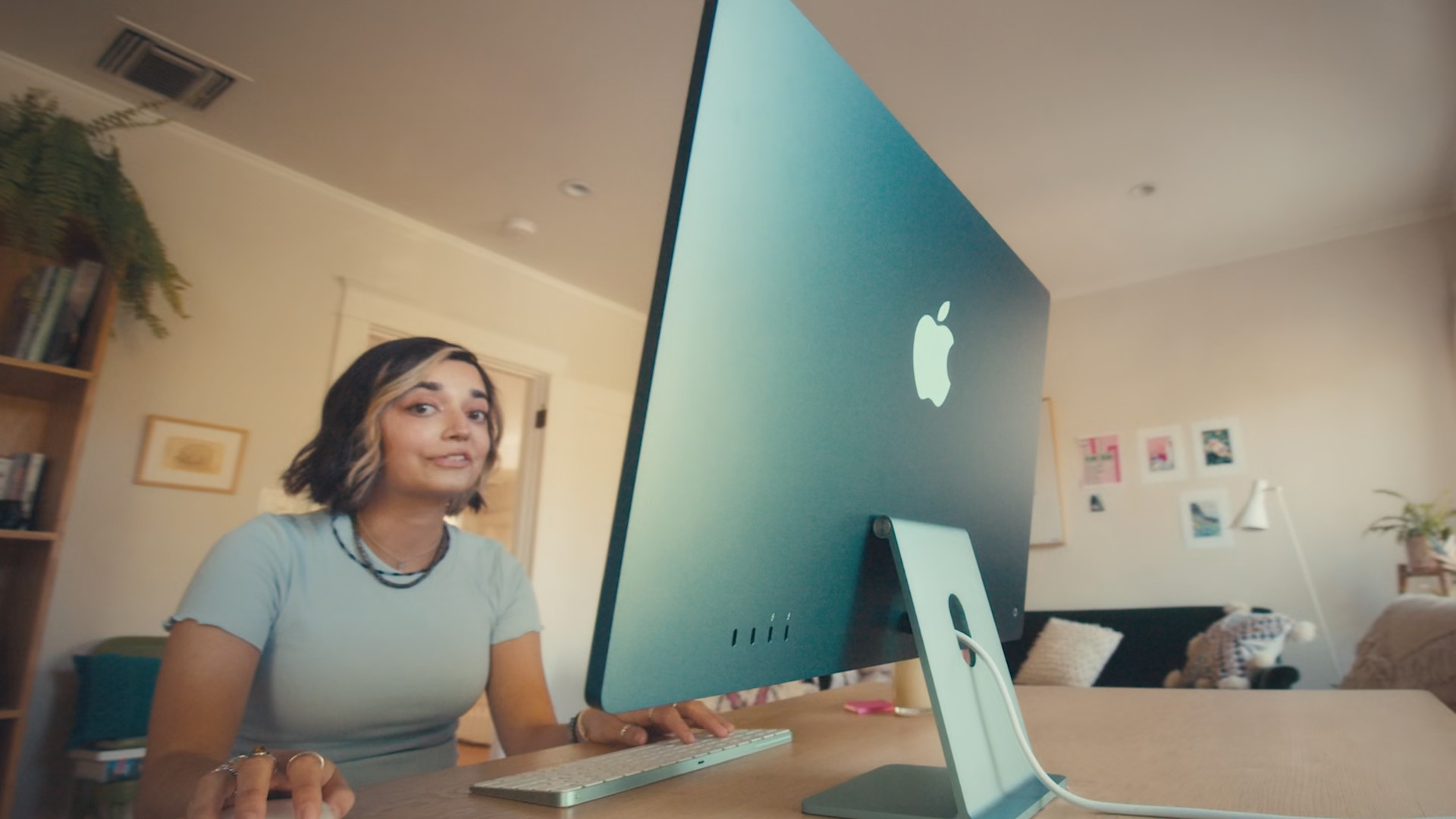
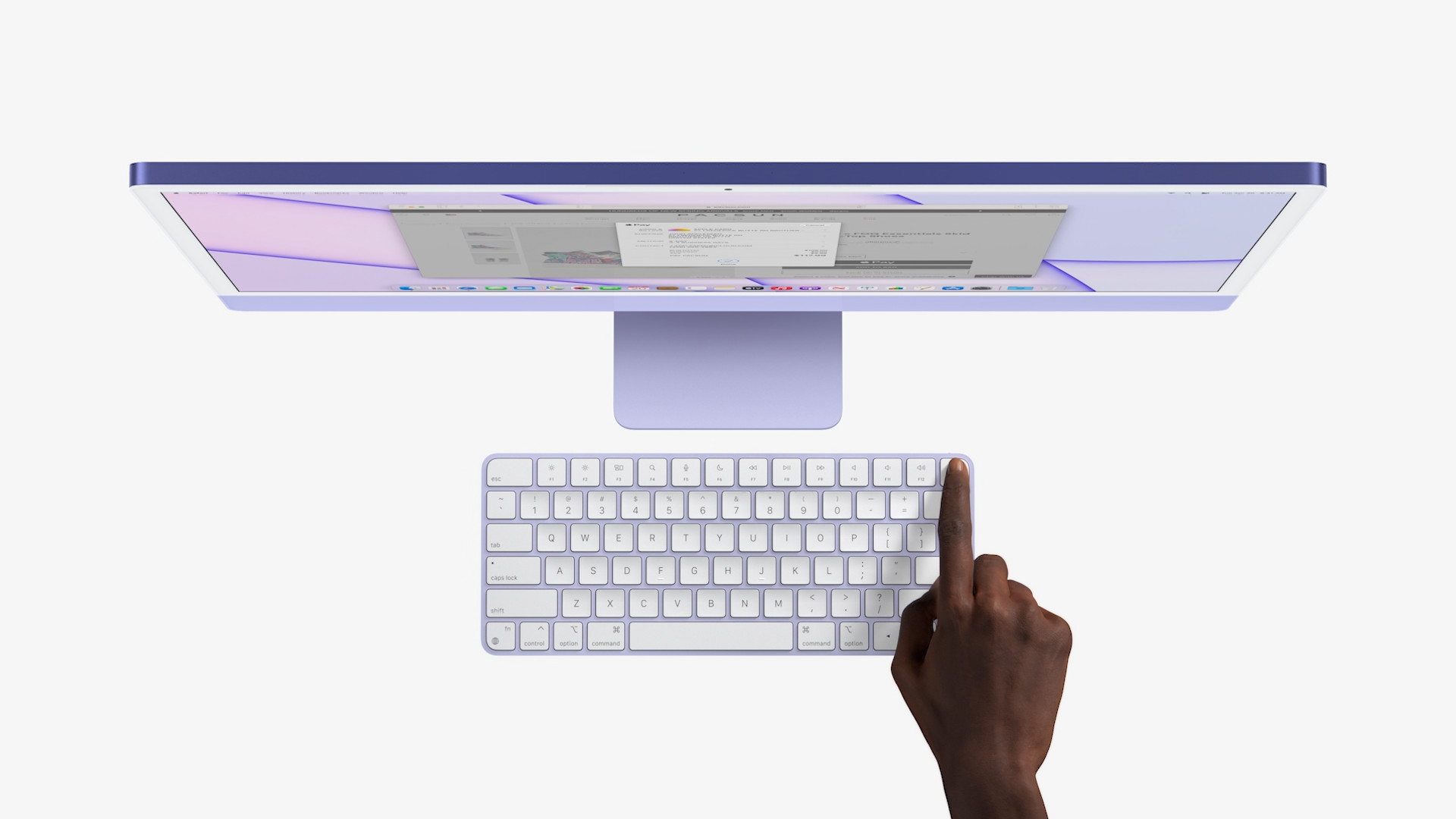
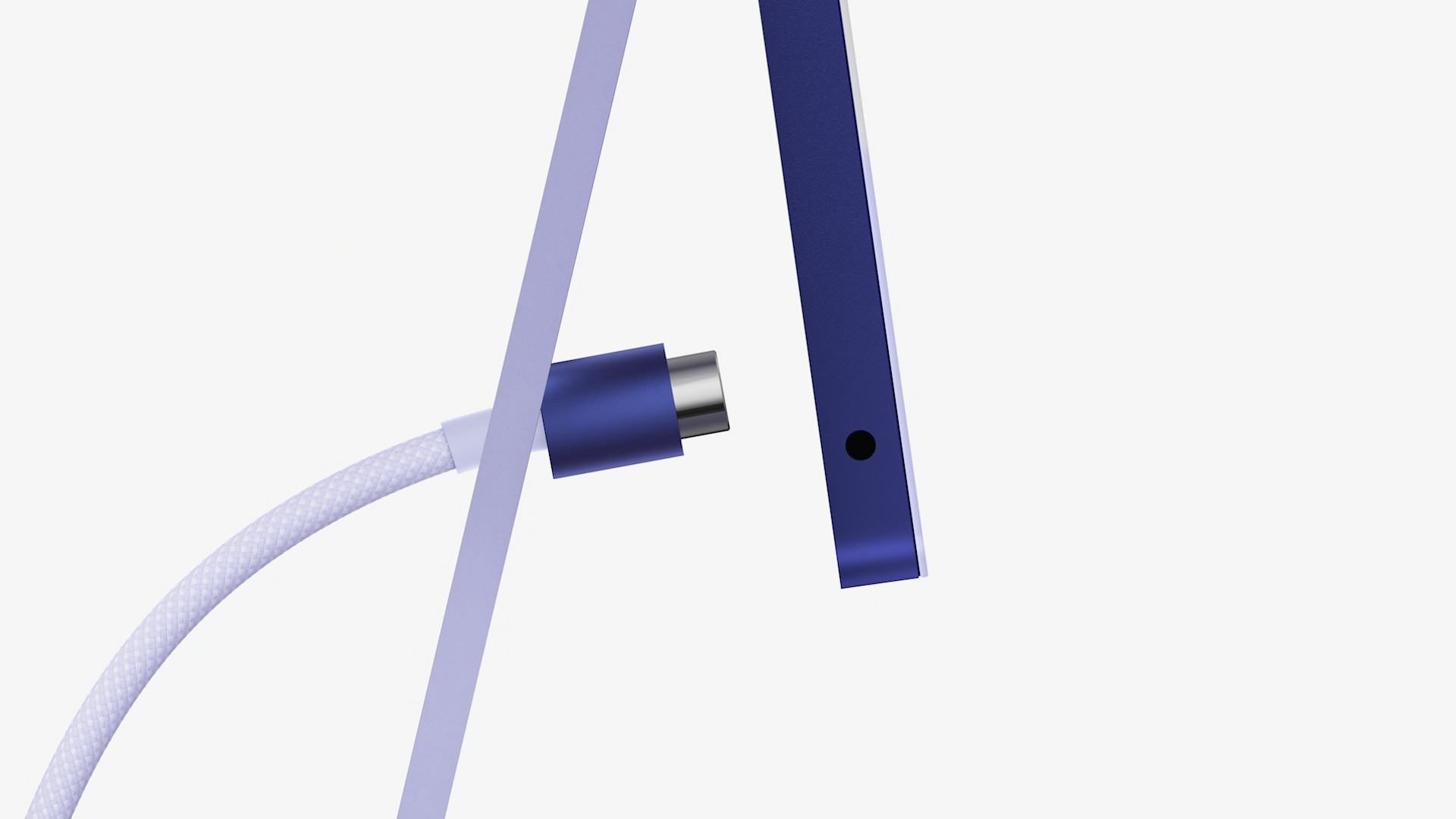
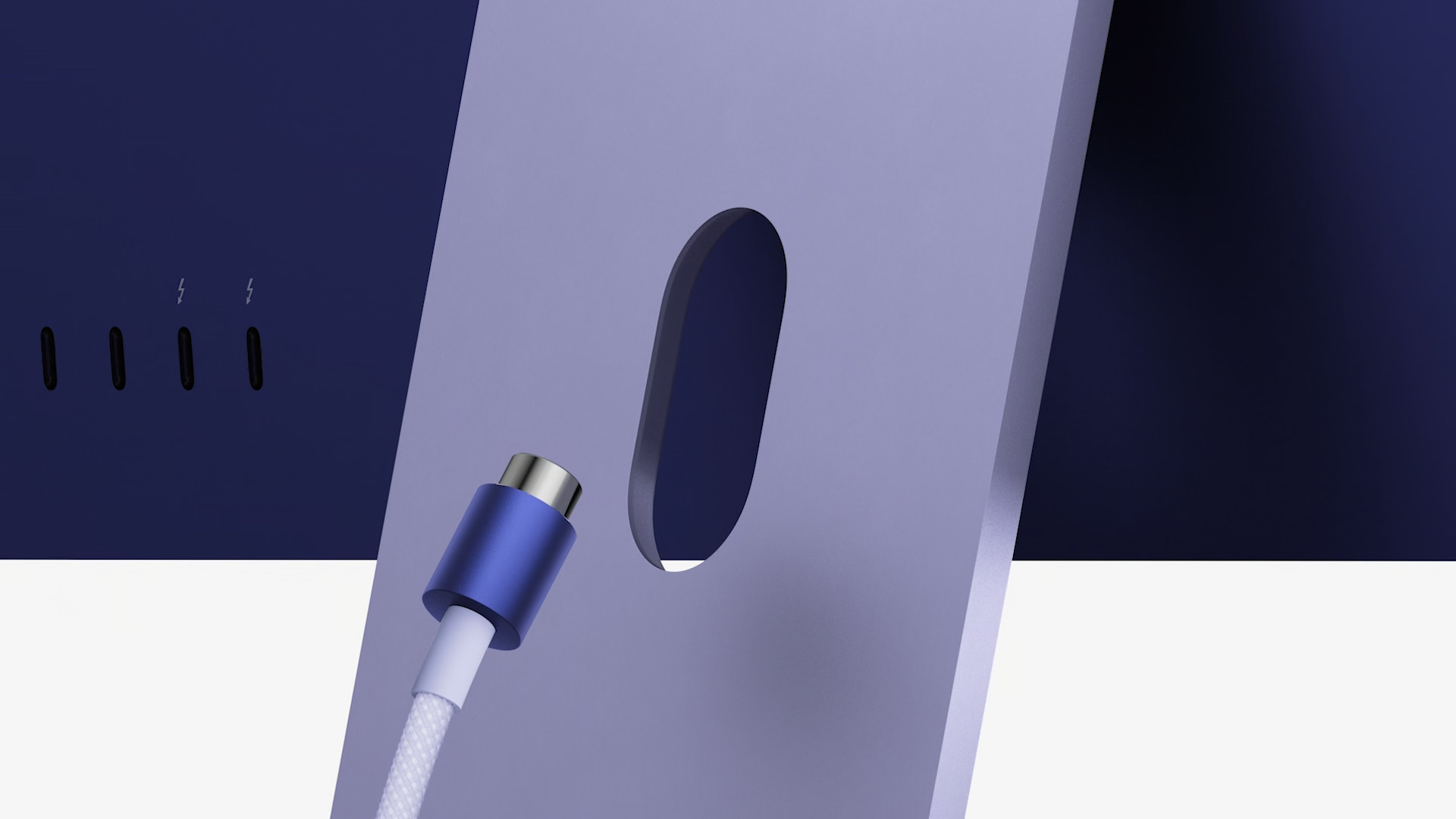
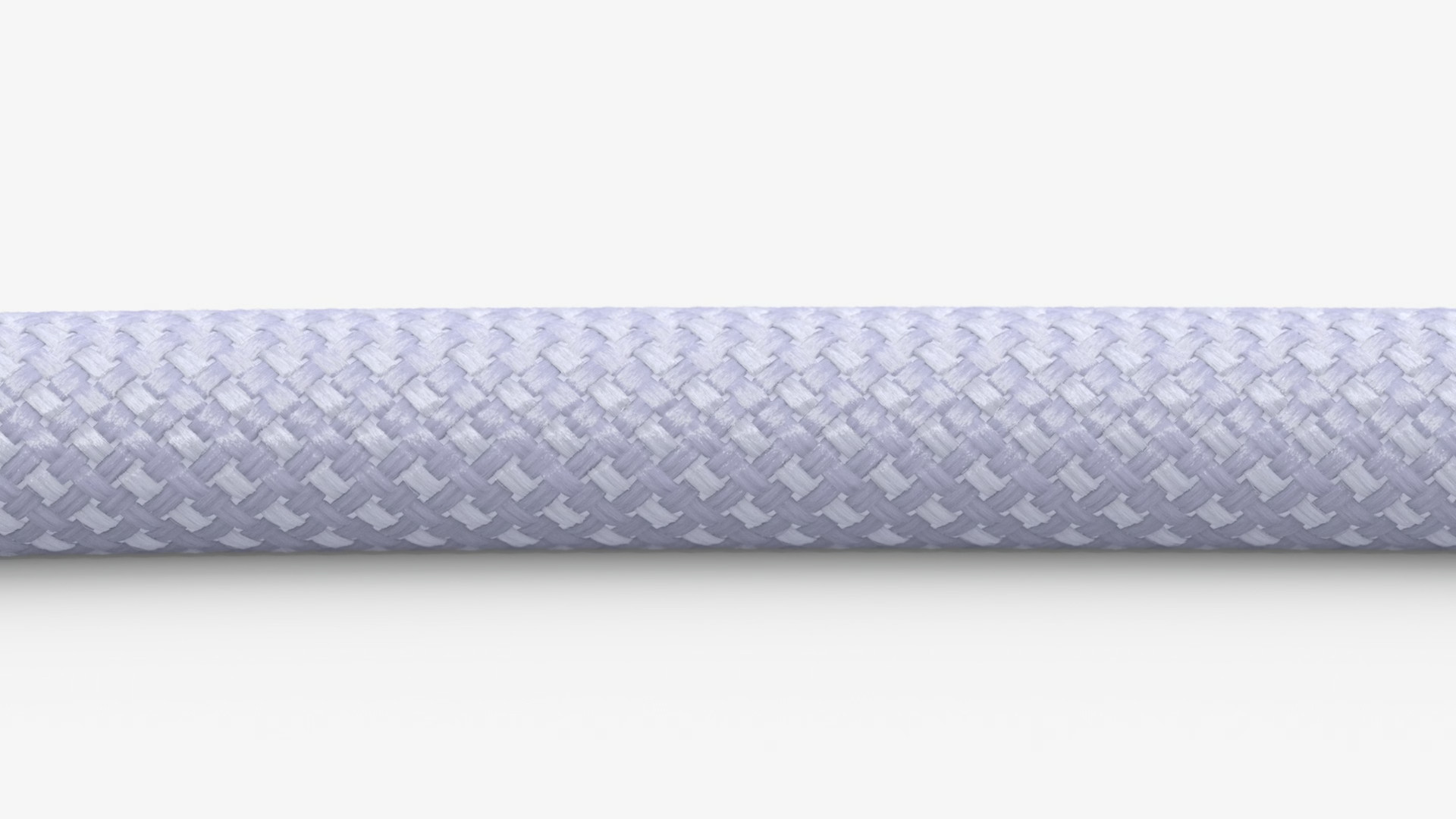
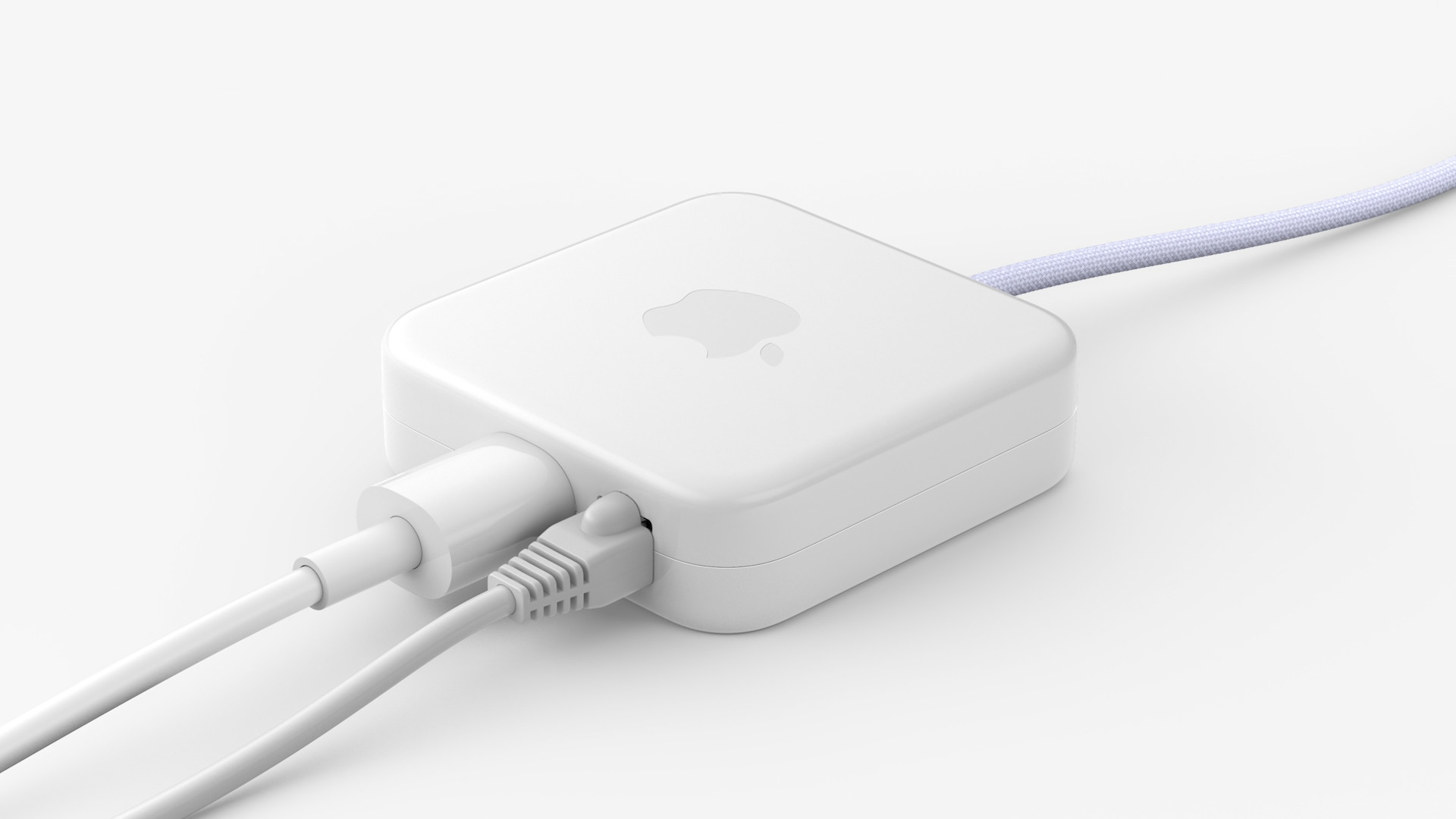

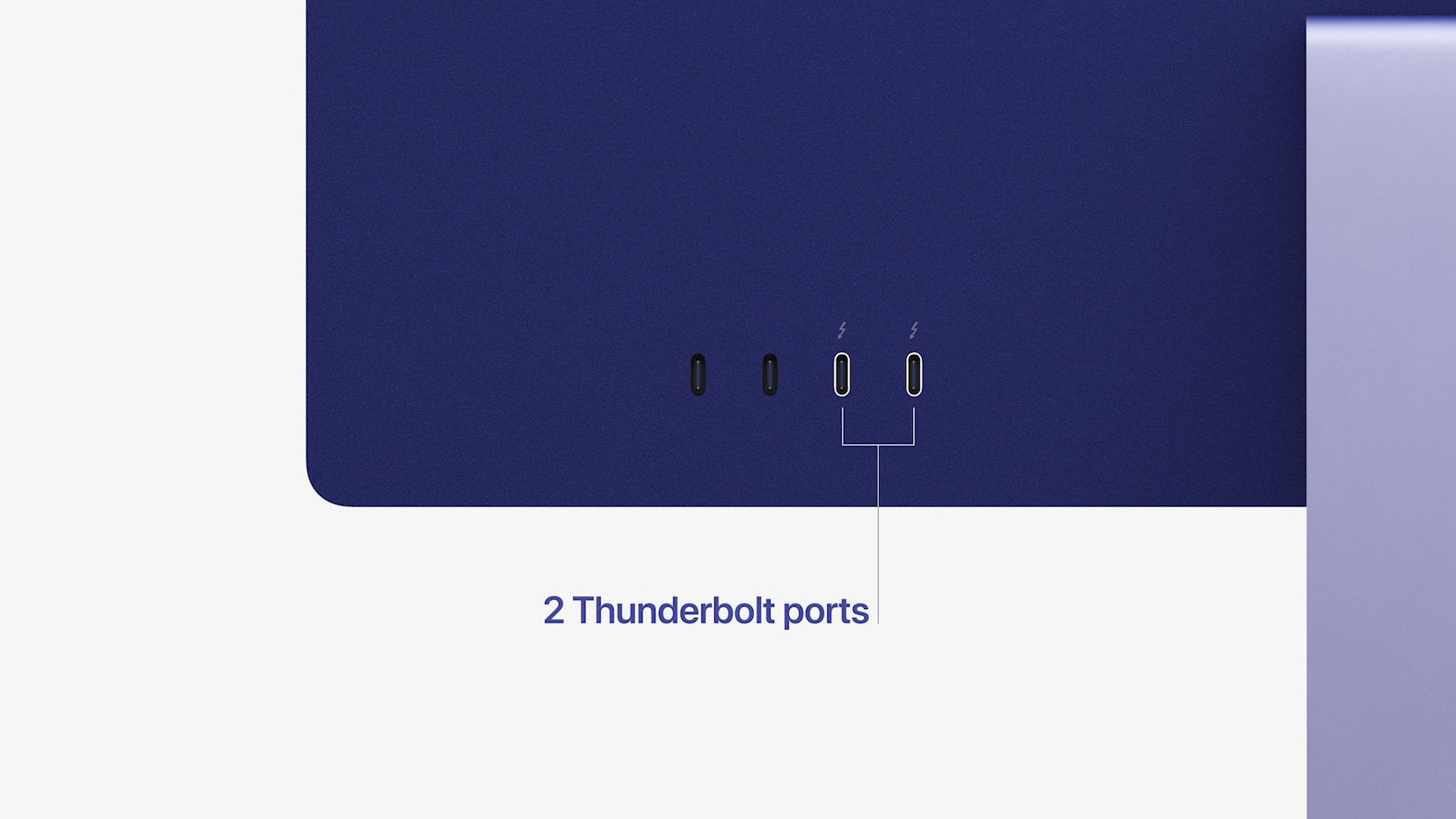
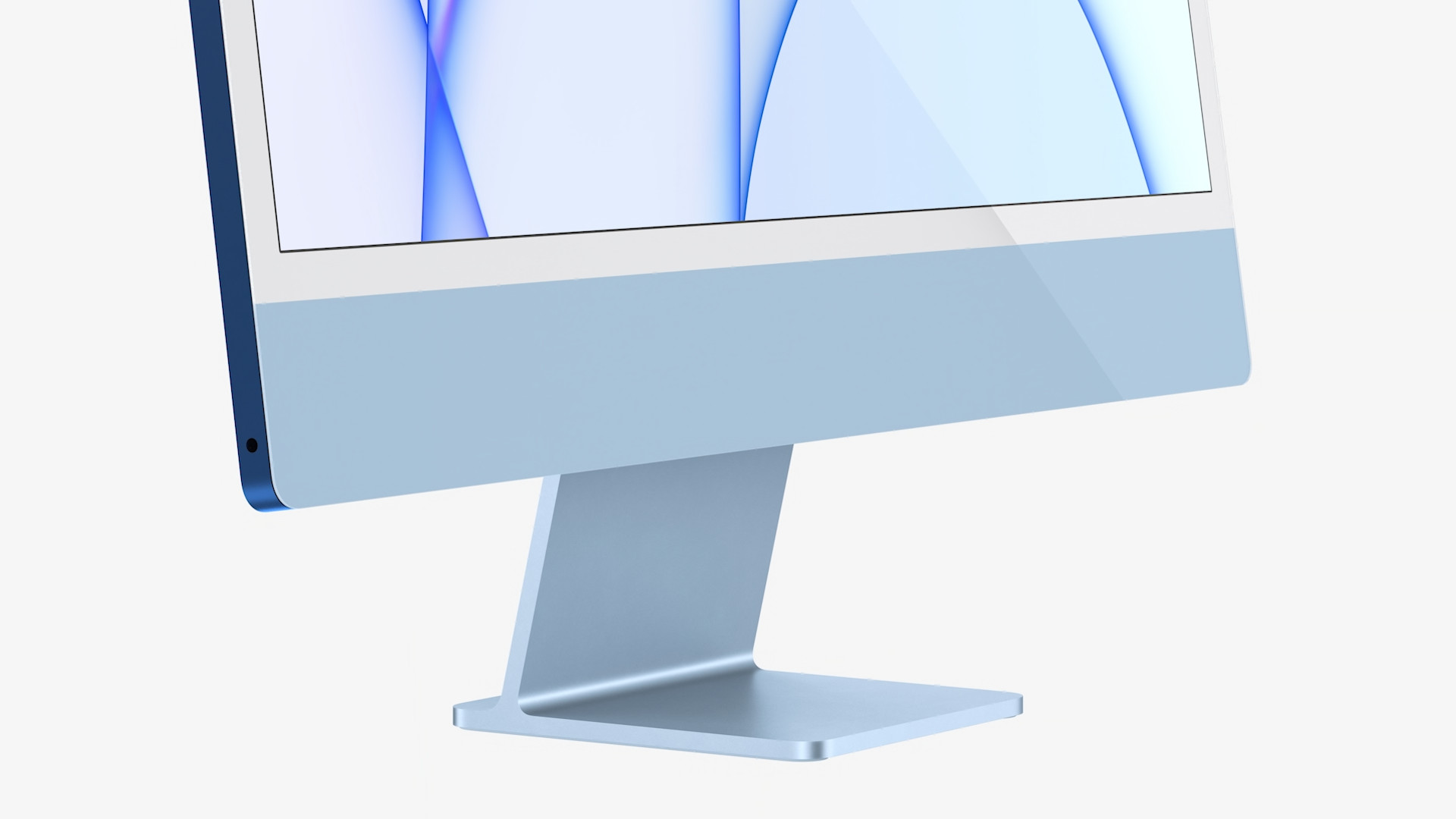
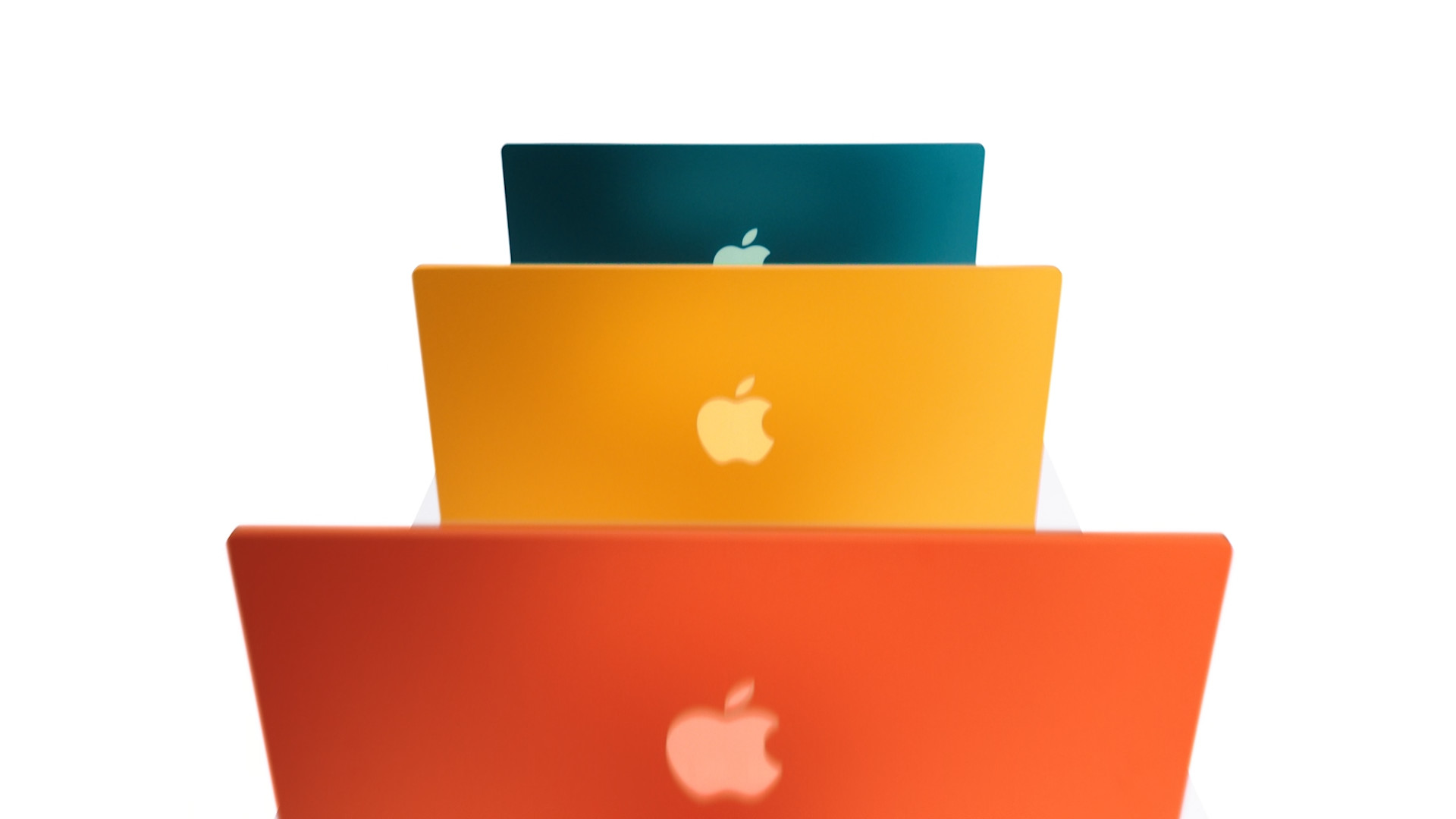



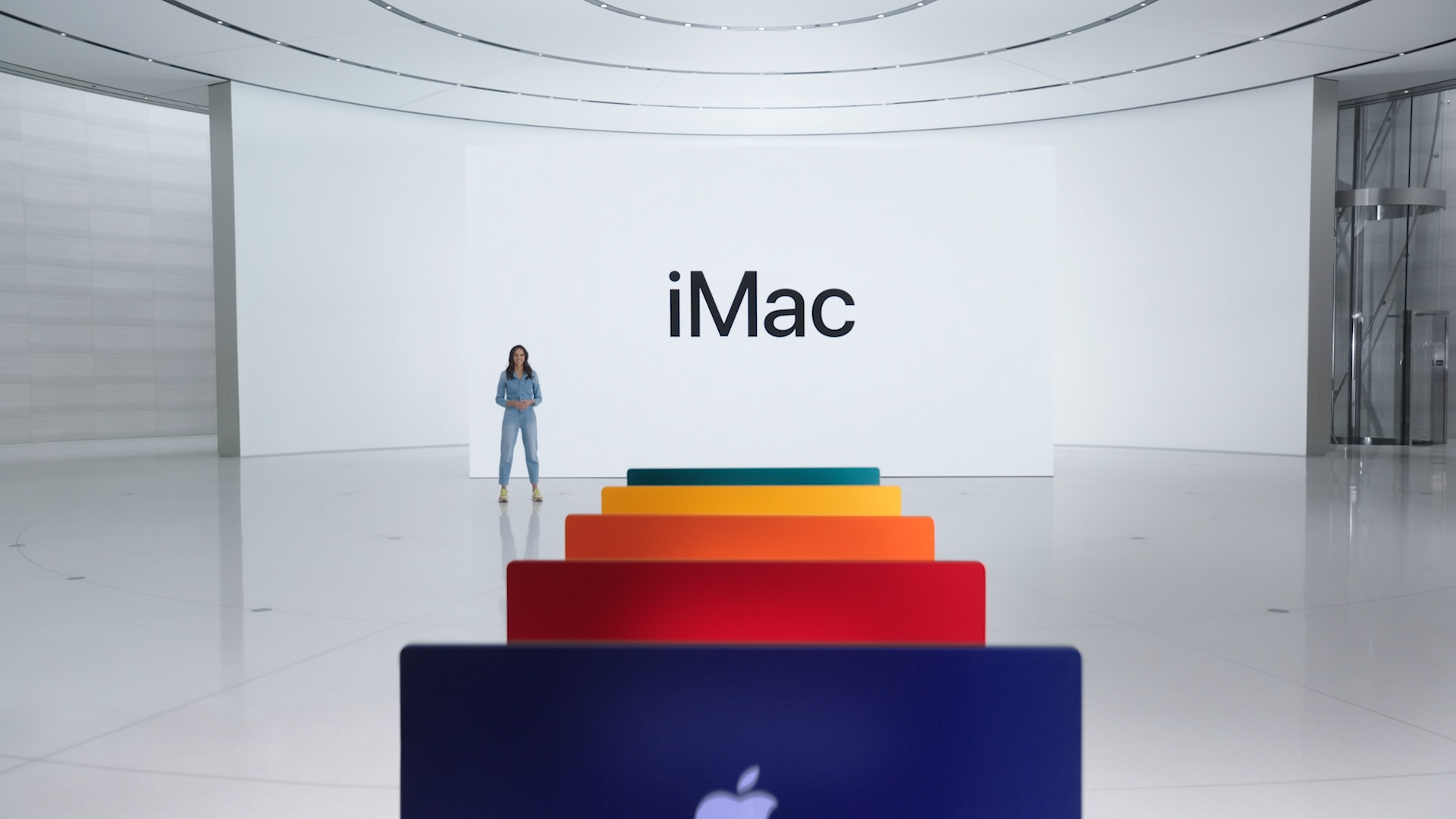
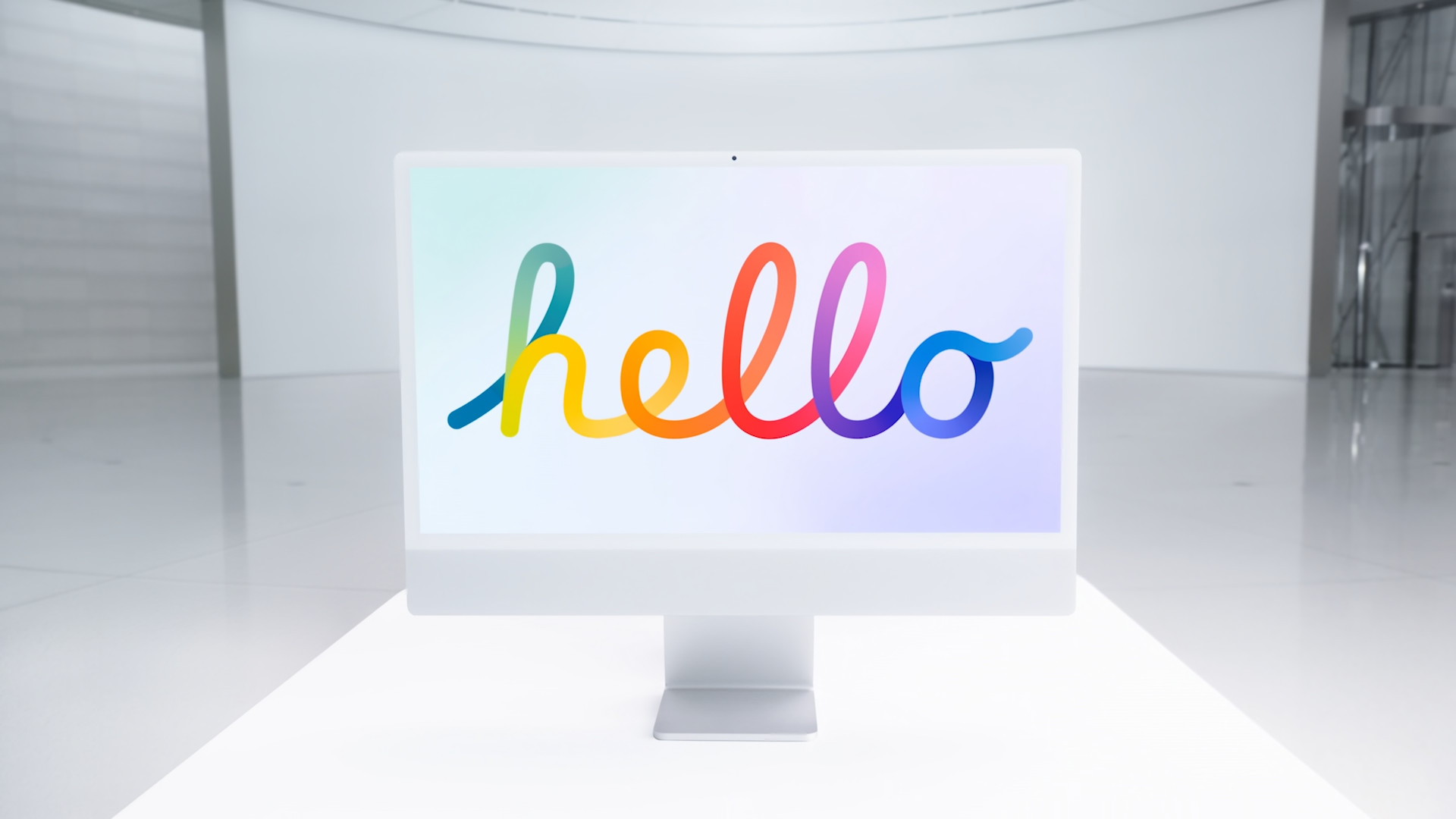
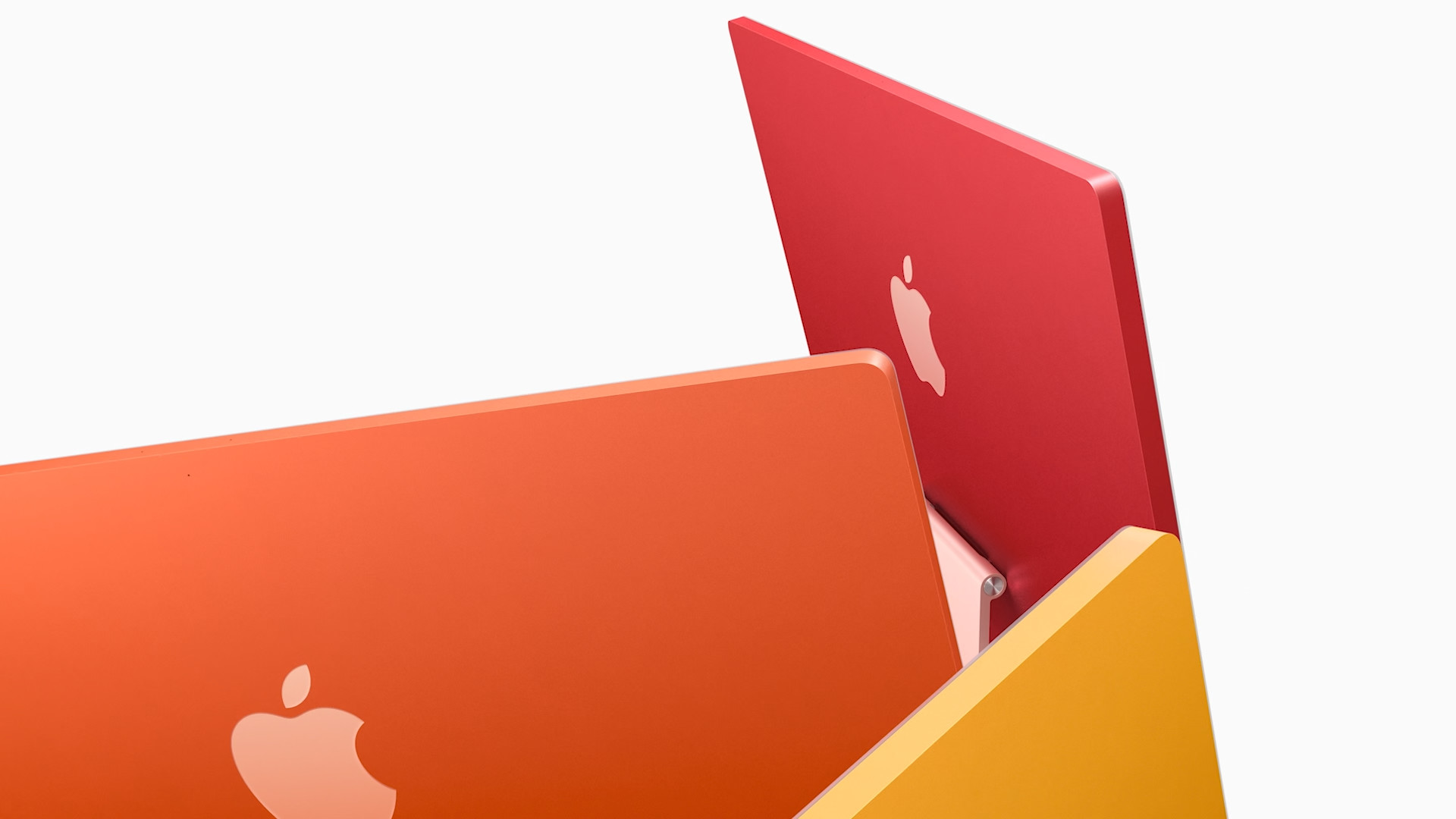

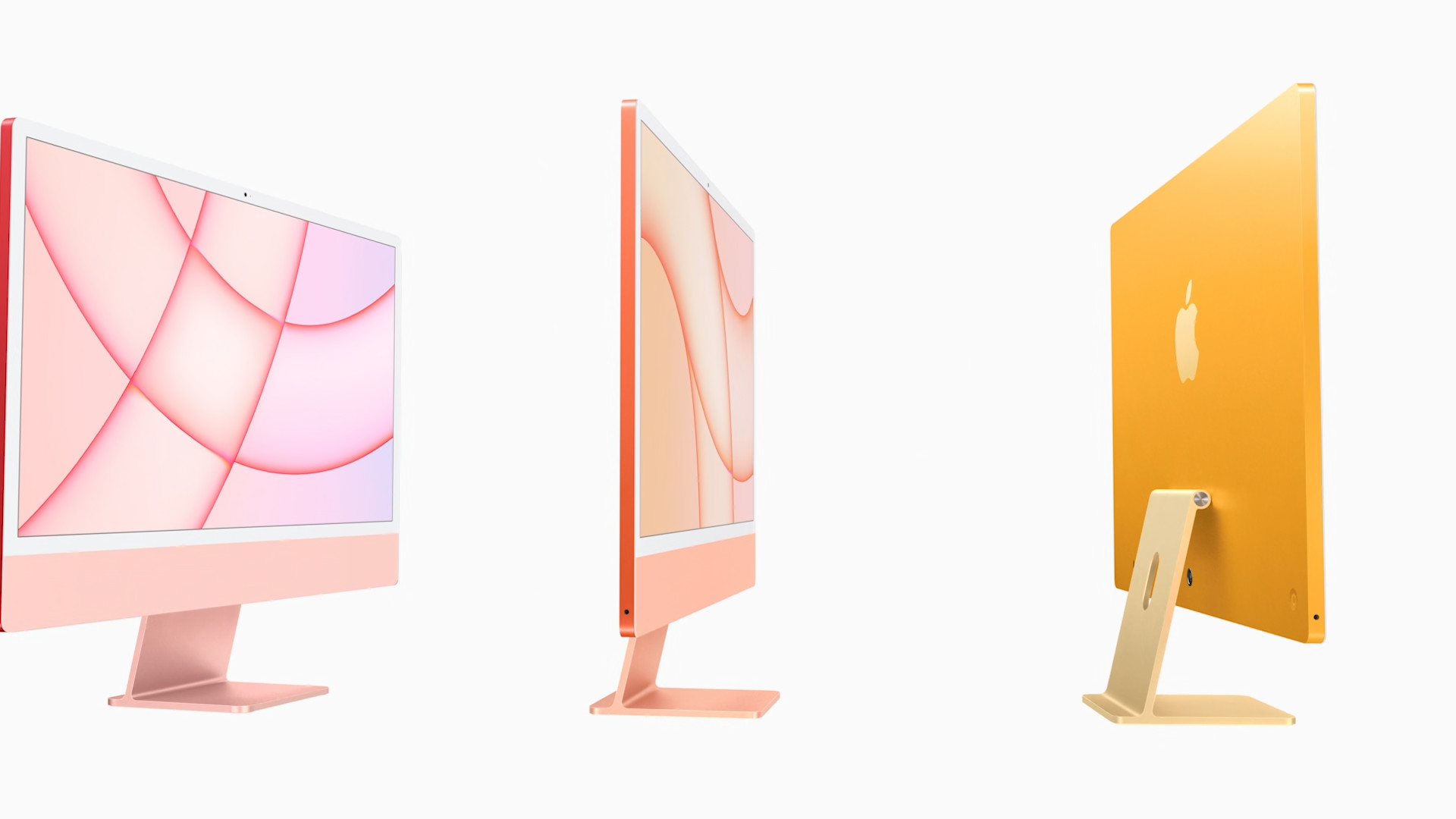
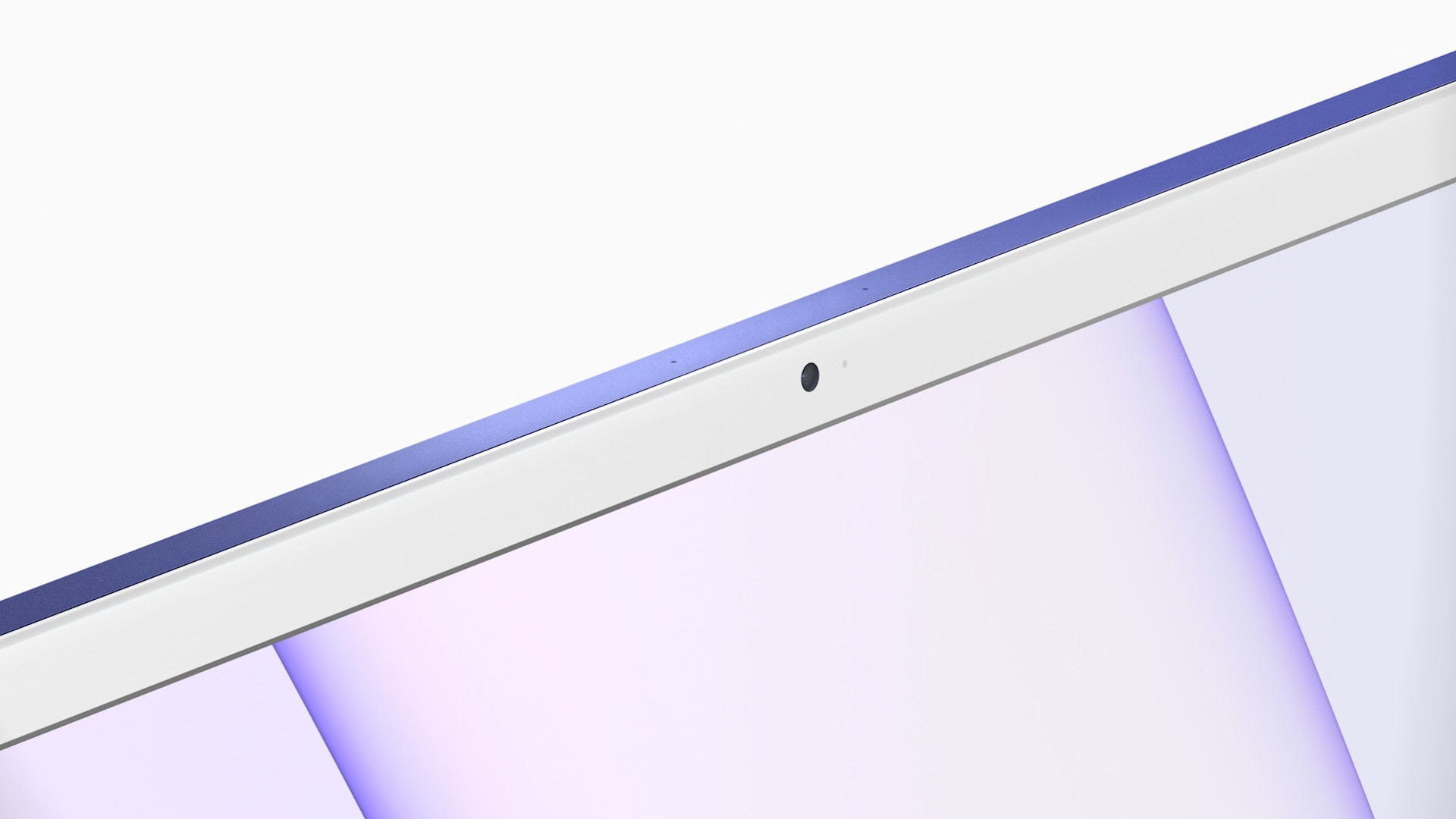


 Adam Kos
Adam Kos